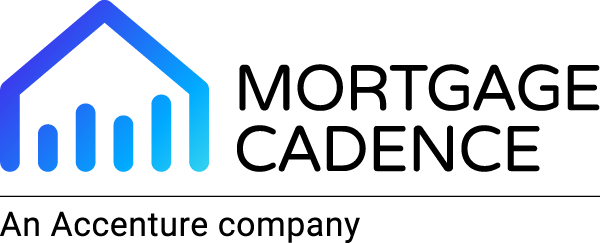Efficiency is a word that comes with a lot of baggage. It’s one of the primary reasons lenders go to market for new technologies. But what does it really mean, how is it best measured, and what can lenders do today to increase it?
Technically, efficiency is simply the ratio of the useful work performed by a machine or in a process to the total energy expended or heat taken in. We don’t produce a lot of heat in our business, and a better measure of efficiency is time in process.
Most lenders can tell you exactly how much it costs them to have their teams working each month, week, or day. They know that every day they can shave off the mortgage loan origination cycle will save them money and, most can tell you how much.
It’s easy to look at a calendar and tell how many days it took to close a loan. It’s much more difficult to see where along that timeline the lender is losing time and money. But every lender knows it’s happening.
The technology the industry has seen thus far
And that’s one of the leading reasons we meet with lenders about switching from their old loan origination system to the next-generation MCP LOS. They must be more efficient.
Part of the solution is employing better technology that will (a) allow the lender to create their own workflows quickly and easily, (b) remove any limits to the types of mortgage products they can originate with the software, and (c) remove any limits on the settlement services partners they can work with. There is a bonus part (d) that comes from adding in new AI, ML and other cutting-edge technologies.
The other part of the solution is where they apply the new tools.
For years now, lenders have used technology to automate manual tasks. Document processing, underwriting, and closing has all benefited from these tools. But the unintended consequences have been more staff required to look over the technology’s shoulder to ensure no mistakes were made.
Automation did not eliminate the stare and compare tasks humans have been doing. It may have made them worse.
Technology was supposed to be used to streamline the lender’s processes, but when some technology providers locked the lender into their own workflows and partner networks, the lender lost all control when the developer’s fees took precedence over the lender’s workflows.
We have seen technology empower lenders with better, faster communication and the rise of analytics applications have begun offering lenders insight into their own data.
But are these tools actually shaving days off the time to originate?
Why efficiency is the metric to track as the business returns
We know that good technology can help mortgage lenders streamline their operations, improve their customer service, and make better decisions faster, because we see it every time a lender migrates to MCP. All of this will contribute to faster loan origination and lower costs.
This is going to be very important when the business returns and lenders get busy again.
But the only metric that really measures this is efficiency, and that depends, to some degree, upon the process you're measuring.
Document processing:
Technology can be used to automate the process of gathering and processing documents, such as W-2s, tax returns, and bank statements. By eliminating the stare and compare, time falls out of the process.
Underwriting:
Technology can be used to automate the process of underwriting loans, which is the process of assessing the risk of a borrower defaulting on their loan. The AI doesn’t have to make the decision, rather, it arranges all of the required data such that it’s faster and easier for the lender’s underwriter to decide. This can help lenders to make faster and more accurate underwriting decisions.
Closing:
Technology can be used to automate the process of closing loans, which is the process of finalizing the terms of a loan and funding the loan. This can save lenders time and money, and it can help to streamline the closing process for borrowers, especially if the closings are conducted electronically.
And there are more opportunities to employ next generation technologies (marketing, POS, post-close, funding). But the ones we’ve pointed to in this post should be enough to get any lender investigating the power available to them in a new LOS.
Call us and we’ll show you.
By Joe Camerieri, EVP, Sales & Strategy at Mortgage Cadence
Want more?
Follow us on LinkedIn to be notified when our next article is released.
Media Contacts
Mortgage Cadence:
Alison Flaig
VP, Marketing
(919) 906-9738



